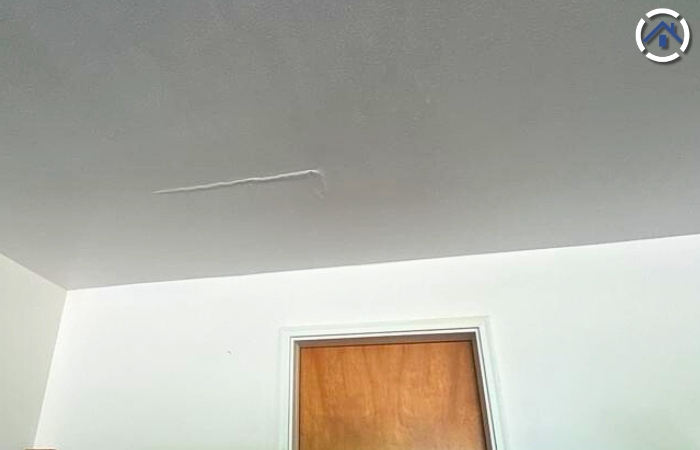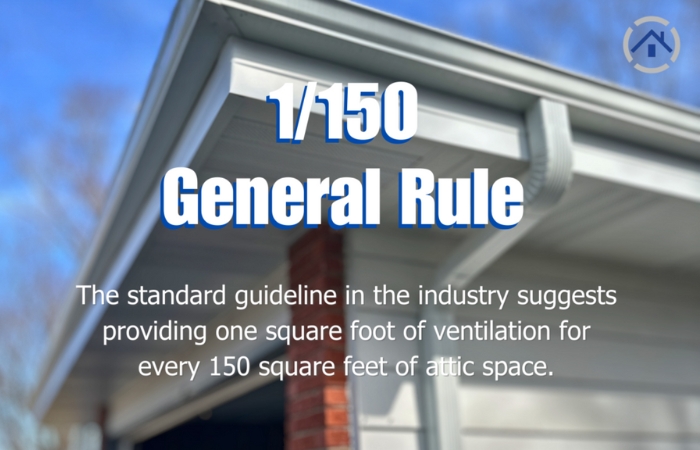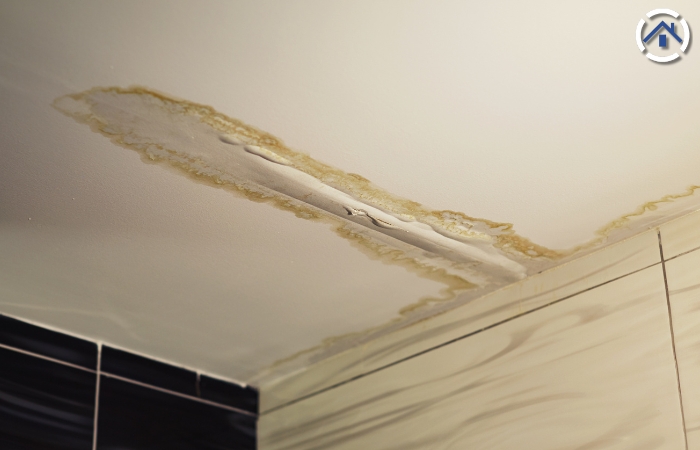
Have you ever noticed those pesky water bubbles forming on your ceiling? Maybe you've seen a small, bumpy area or even a larger blister that seems to grow over time. They’re more than just an eyesore – they’re a clear sign that moisture is building up where it shouldn’t.
These ceiling bubbles can be a precursor to more severe problems, like structural damage or mold growth. Ignoring them can lead to costly repairs and potential health risks. Understanding the causes and solutions can help you tackle the issue before it escalates. Let's explore why these ceiling bubbles form and what you can do to fix them.
Water bubbles appear when moisture accumulates behind a substrate (the material behind your paint), such as drywall or plaster. Common paints like latex and acrylic are polymers that can stretch and deform, allowing water to build up underneath. This moisture buildup can come from several sources:
1. High Humidity in Bathrooms:
Bathrooms are a prime location for water bubbles to form because they are constantly exposed to high levels of humidity. Every time you take a hot shower or bath, steam fills the room. If your bathroom isn’t well-ventilated, all that humidity has nowhere to go and eventually settles on surfaces, including the ceiling. Over time, this condensation can seep into the paint and substrate, causing bubbles to appear.
2. Poor Ventilation in Attics:
Your attic plays a crucial role in maintaining the overall ventilation of your home. If your attic isn’t ventilated properly, moisture can accumulate, especially in regions with fluctuating temperatures.
Poor ventilation in the attic can trap warm, moist air, leading to condensation on cooler surfaces. This condensation can then drip down into the ceiling below, causing those troublesome bubbles.

3. Roof Leaks:
Roof leaks are the most common and concerning cause of ceiling bubbles. Your roof is your home’s first line of defense against the elements, and any compromise in its integrity can lead to significant water damage. Damaged shingles, flashing, or improperly sealed areas around chimneys and vents can allow water to enter your home. Once inside, water can travel along the roof and collect above the ceiling, leading to visible bubbles.
They’re Unsightly: Ceiling bubbles or water bubbles are unpleasant to look at and can detract from the overall appearance of your home. A ceiling marred by bubbles looks uneven and poorly maintained, which can be especially problematic if you’re trying to sell your home or host guests. The aesthetic impact alone is a good reason to address water bubbles as soon as they appear.

Potential for Mold: More importantly, ceiling bubbles can indicate other problems, such as mold. Mold thrives in damp, moist environments, and a ceiling with water bubbles is a prime location for mold growth. Mold can spread quickly and release spores into the air, which can significantly degrade your home’s air quality and pose health risks, especially for individuals with respiratory issues or allergies.
Addressing the moisture source behind ceiling bubbles can help prevent mold growth and the associated health concerns.
So, what can you do if you find water bubbles in your ceiling? Here are some steps to take:
1. Ventilate Bathrooms: Make sure your bathrooms have good ventilation. Use exhaust fans or open a window to reduce humidity after showers. Proper ventilation helps to expel humid air and bring in fresh air, which reduces the overall moisture level in the room. This simple step can prevent condensation from forming on your ceiling and causing water bubbles.
2. Ensure Good Attic Ventilation: Check that your attic is well-ventilated. This will help prevent moisture buildup and keep your ceiling dry. Proper attic ventilation involves a balance of intake and exhaust vents, allowing for a continuous flow of air. This airflow helps to keep the attic cool in the summer and dry in the winter, reducing the risk of condensation and subsequent water damage.
3. Stop Any Roof Leaks: Regularly inspect your roof for leaks and fix them promptly. Keeping your roof in good condition is key to preventing water from seeping into your home. Pay particular attention to areas around chimneys, skylights, and vents, as these are common points of entry for water. If you’re not comfortable inspecting your roof yourself, consider hiring a professional roofer to conduct regular inspections and maintenance.
4. Replace Damaged Materials: If water damage has already occurred, you’ll need to remove and replace any damaged or rotted building materials. Water-damaged drywall or plaster can weaken over time and may eventually collapse if not addressed. By replacing these materials, you can restore the integrity of your ceiling and prevent further issues.
Ceiling bubbles are more than just a cosmetic issue – they can be a sign of significant underlying problems in your home. If you notice them, it’s crucial to address the root cause and consider calling in professionals to help. By taking the right steps, you can keep your home in great shape and avoid more serious issues down the line. By taking the right steps, you can keep your home in great shape and avoid more serious issues down the line.